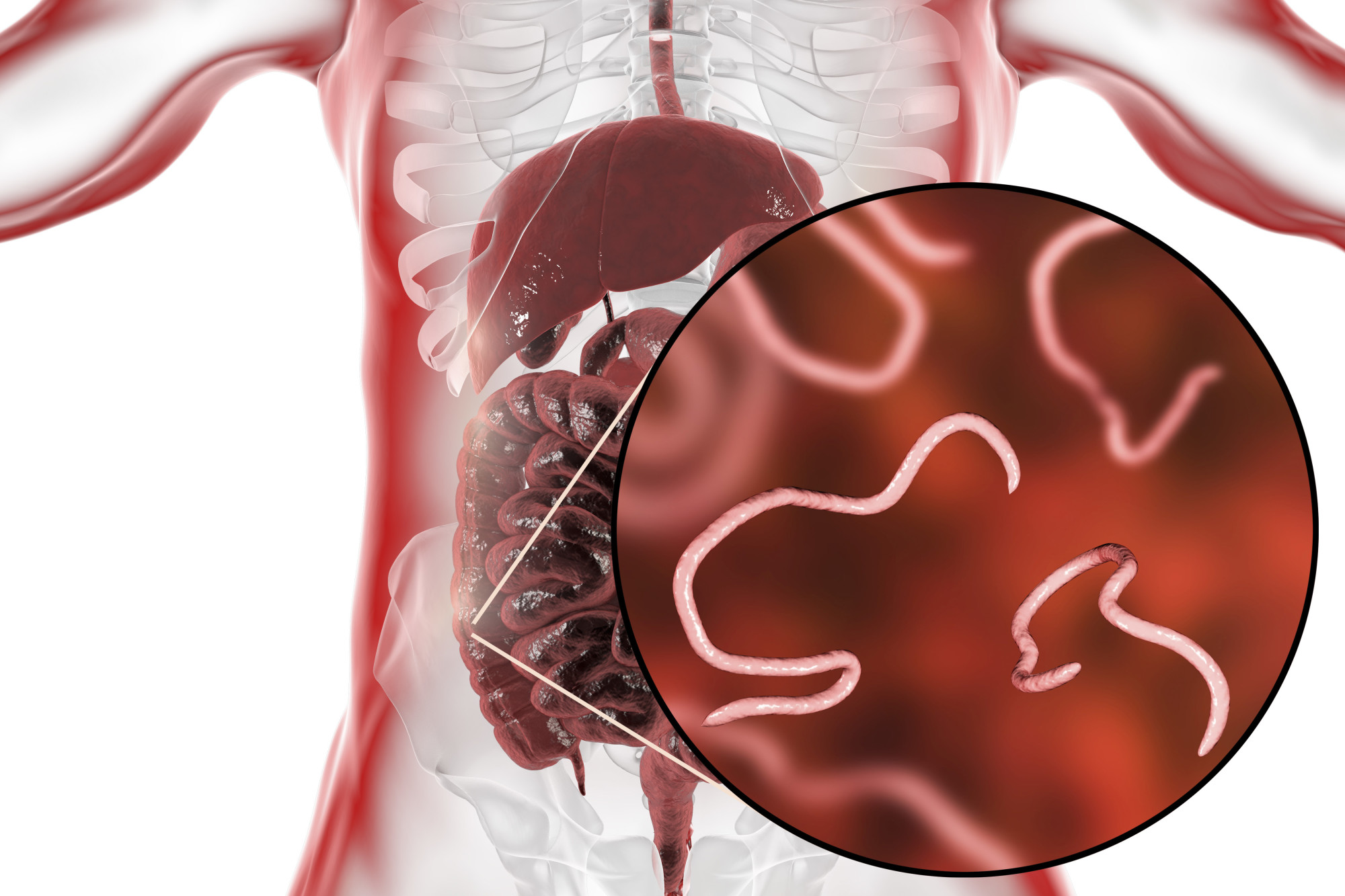
What Is Ringworm and How Can I Treat It?

Ringworm is a contagious fungal infection of the skin that is very common in the United States among both humans and animals. Also known as dermatophyte infection, dermatophytosis, or tinea, the name ringworm refers to the infection’s appearance of a worm in the shape of a ring.
It is caused by mold-like parasites that live on the outer layer of the skin. It can be spread in a number of ways, including:
- Human to human
- Animal to human
- Object to human
- Soil to human
In animals, ringworm is often found in dogs, cats, and cows, which makes transmission to humans common. With regards to spreading from human to human, it generally occurs when there is direct, skin-to-skin contact.
While a ringworm rash may be uncomfortable, it is very treatable. In this blog post, we will highlight what is ringworm and its symptoms, causes, treatment options, and steps to prevent infection of ringworm.
What Are the Symptoms of Ringworm?
With a skin infection, the most common symptoms of ringworm include itchy and red patches on the skin, raised areas of skin (known as plaques), and patches on the skin that develop into blisters. You may also notice the aforementioned appearance of ring-like patches on the skin.
The parts of the body most commonly affected by ringworm include the skin on the body, the feet, the scalp, and the groin area. If ringworm develops on the scalp, it may result in the development of bald patches. Ringworm may also be found on an individual’s nails, which will be evident when the nails become discolored, thicker than usual, or start to crack.
In addition to appearance, the symptoms of ringworm may also include pain, itching, and tenderness.
What Are the Causes of Ringworm?
Ringworm may be caused by three different types of fungi. These are:
- Microsporum
- Trichophyton
- Epidermophyton
In the introduction, we noted that ringworm can spread to humans from other humans, animals, objects, and the soil. In the case of objects, ringworm can spread by contact with items that an infected individual has recently touched, such as towels, clothing, and bedding.
Tinea capitis refers to ringworm of the scalp and is most common among children, often resulting in itchy bald patches. Tinea corporis refers to ringworm of the body and is often characterized by the ring shape.
Tinea pedis is also known as athlete’s foot and, as you can guess, refers to ringworm of the foot. It is most common you go barefoot in public places where ringworm may be present, such as swimming pools and locker rooms.
Tinea cruris is better known as jock itch and refers to a ringworm infection that affects the skin around the groin area, as well as the buttocks and inner thighs.
If you suspect that you have ringworm or an infection you are unsure about, your doctor will be able to perform a diagnosis. There are a number of methods and tests for diagnosing ringworm, such as the use of a black light to view the skin, a skin biopsy, a fungal culture, or a KOH exam.
What Treatment Options Are Available?
Depending on the severity of the ringworm infection, there are various medications available. For ringworm infections on the skin of the body, the feet, and the groin area, topical medications such as antifungal creams can be effective.
For ringworm located on the nails or scalp, a stronger oral medication may be prescribed. Check out our range of ringworm cream that we have available.
In addition to medication, there are a number of lifestyle adjustments that can help in the treatment of a ringworm infection. These include washing clothing and bedding daily during the infection and wearing loose clothing near the affected areas.
With proper ringworm treatment, the infection can begin to clear from your skin within 2 to 4 weeks.
What Are the Risk Factors?
Ringworm infection is more common in warm climates. It is also more common among people who regularly have close contact with animals who may be affected, such as cows or pets like dogs and cats. Given that ringworm can spread also spread from human to human, children are more susceptible given their close contact with other children at school.
Those with a weak immune system may also be more susceptible to ringworm infection. Your risk factor will increase should you share clothing, towels, and similar items with an infected individual. Certain sports, where there is skin-to-skin contact (like wrestling), may also be seen as risk factors.
If you own pets, there are a number of signs that you should be aware of. These include patches of hairless skin on your pet, scaly or crusty patches on their skin, whitish areas around the claws. If you suspect that your pet may have ringworm, bring them to a vet.
Understanding What Is Ringworm
So, what is ringworm? Ringworm, as we have seen, is a common fungal infection that can spread in a variety of ways. If you have ringworm, there are different types of ringworm medicine available depending on the exact location of the infection. With correct treatment, the infection should begin to clear within a couple of weeks.
Here at Kiwi, we sell a range of medications used to treat ringworm infections. We aim to offer the finest quality products at the most competitive prices in New Zealand, often with savings of 50% or more on local drug store prices.
Check out our full range of products on our site today or contact us should you have questions.
Related Posts


